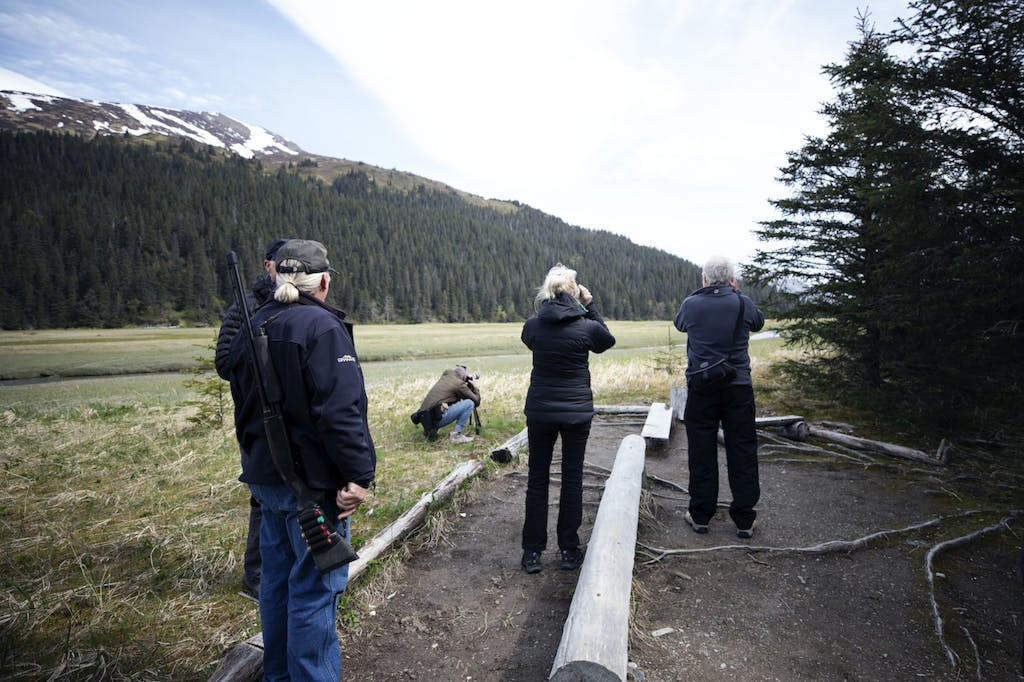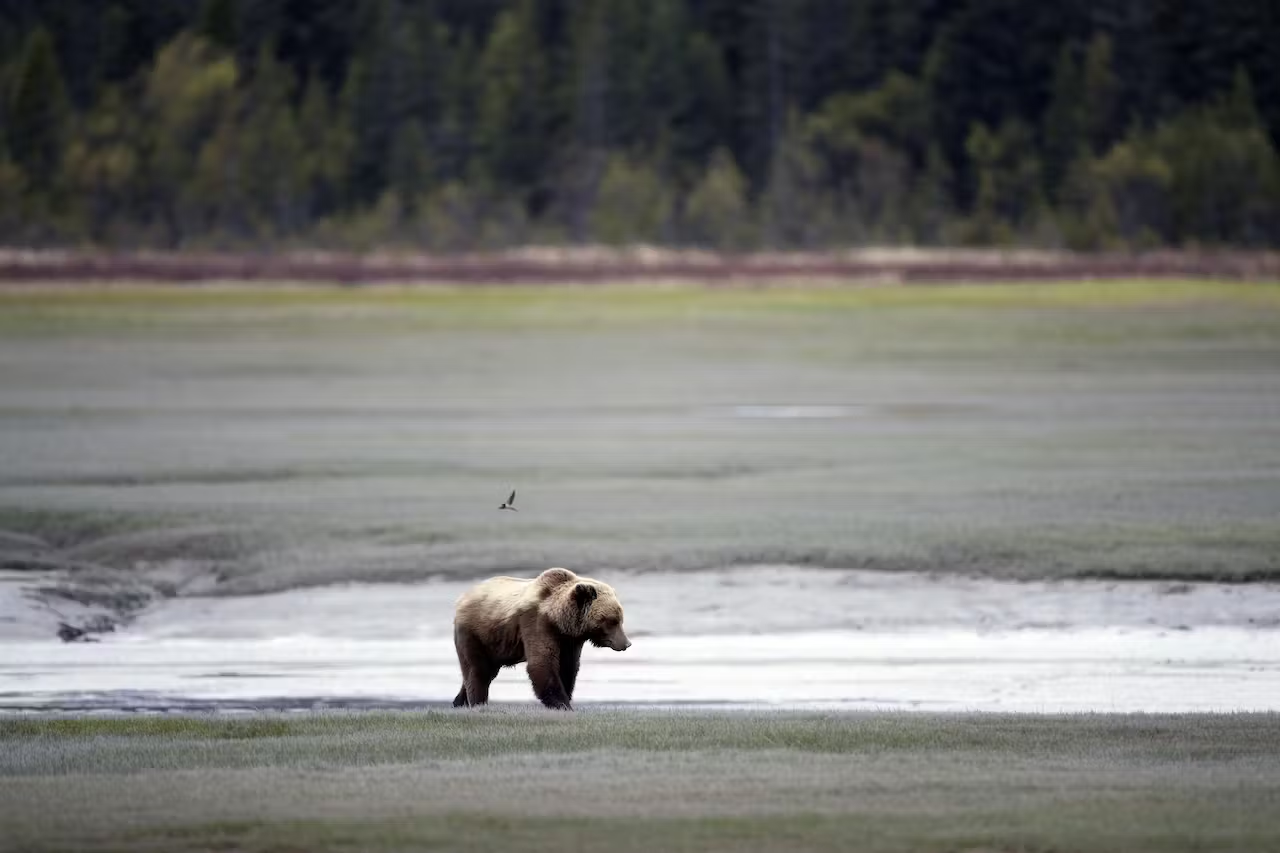Behind the Lens: In the Presence of Brown Bears in Alaska
At 663,000 square miles, small is not a word commonly associated with Alaska. More than twice as big as the next largest state in the US, and larger than all but 16 countries on Earth, the Last Frontier has no shortage of space. Yet for Lucia Griggi, Silversea’s Director of Onboard Photography, the abundance of wildlife gives this state something of a cozy quality. Visitors don’t have to search too far to find Alaska’s most emblematic denizens.
“I really like Alaska because I don’t find it too vast. It’s very exuberant, rich in wildlife and life in general. Every day you get to see something. It’s just buzzing with life,” says Griggi.
On both land and sea, the options to marvel at Alaska’s natural history abound. The weather patterns and grand landscapes offer the perfect backdrops to spot breathtaking creatures, from bald eagles to humpback whales. But there is one species in particular that caught Griggi’s eye: the brown bear.
Kings of the Last Frontier
The U.S. Fish and Wildlife Service estimates that some 30,000 brown bears call Alaska home, comprising more than 98% of the total US population and about 70% of the North American population. It’s no wonder that Griggi chose to make this majestic mammal the subject of her latest Behind the Lens video.
Visiting the coast of the rugged Kenai Peninsula southeast of Anchorage whilst on a shore excursion, the experienced photographer found the perfect spot to view and admire these furry Alaskan ambassadors.

“This particular outing or excursion was first for me, not because I hadn’t seen bears before, but because I had flown in by a plane on one of the land excursions. After a short trek to a small lodge, we almost immediately spotted the bear.”
In terms of advice, Griggi insists that the most important asset one can bring is patience. Although bears are plentiful, getting the right shot requires time and observation.
“Find a place it the greenery where you can sit down and keep quite low to the ground. And really keep still so you’re not making them skittish in any way. When I was shooting, I was happy to sit there for a few hours. It’s just a really humbling experience to be able to sit there and be relatively close to them and seeing how they go about their day.”
Aside from patience, Griggi also carried a Cannon 1DX-Mark III, which she describes as a pro camera that’s geared to wildlife because it has high frames per second, plus a 400mm, f/2.8L Cannon lens. “Even though you can see the bears with your naked eye, it’s quite nice to have a zoom lens that’s 200mm or higher, because you really want to capture their faces close up. They’ve got very broad, sort of heavy faces and a lot of character.”

